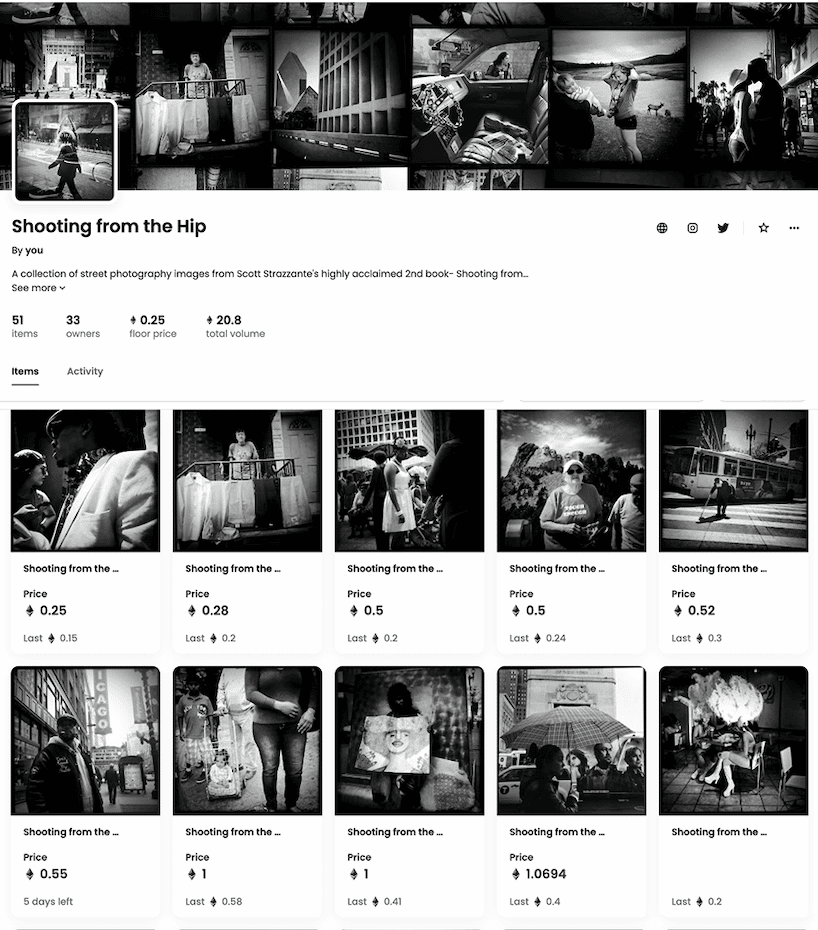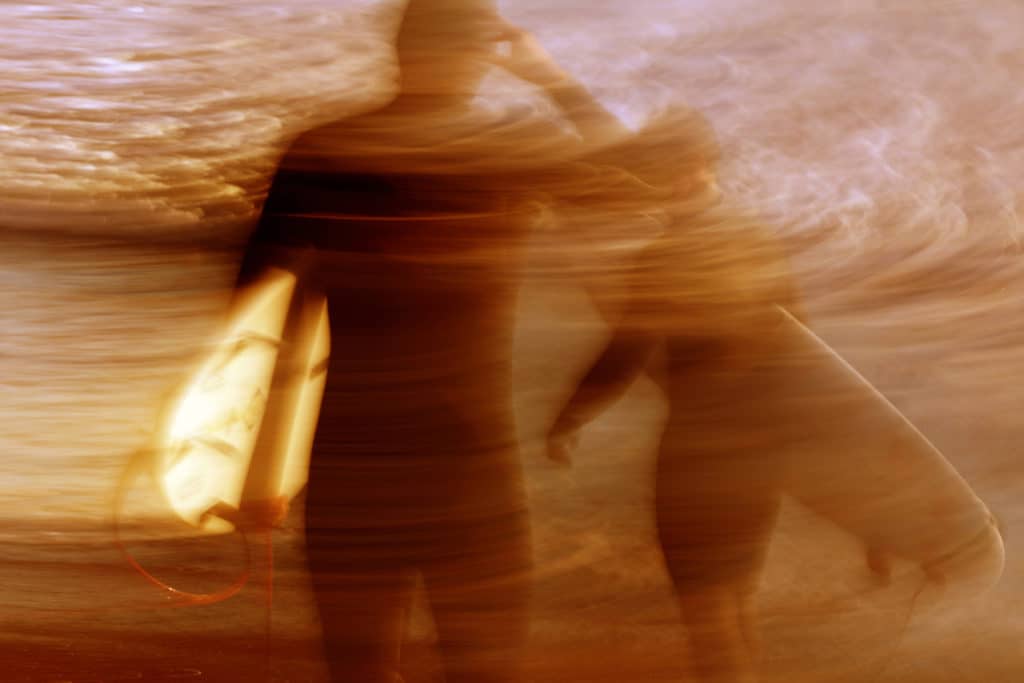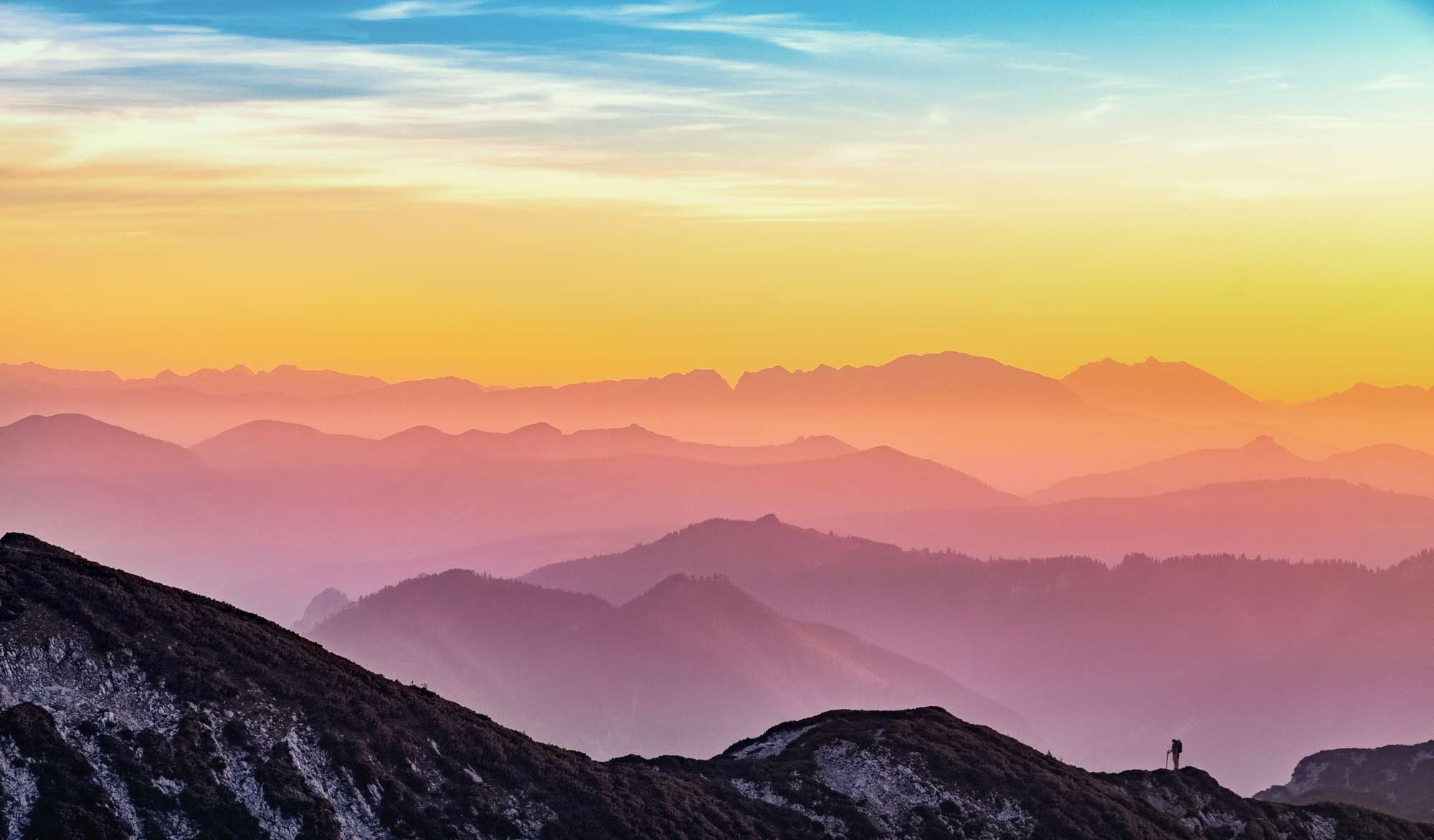Scott was supposed to follow in his father’s footsteps, who owned a tire dealership on the south side of Chicago and inherit the family business, but he decided to follow his passion –– photography.
Starting with small publications, he became a photojournalist, mostly covering sports. He then moved on to work for Chicago Tribune, where he spent 12 years before taking a job at San Francisco Chronicle and moving to San Francisco.
In 2000, he won the National Newspaper Photographer of the Year award, which, according to him, opened an entirely new world –– he started to get invited to speak and got to travel around the country.

Scott was also a part of the team that won the Pulitzer Prize for Investigative Reporting in 2008 for a series about faulty government regulation of dangerously defective toys.
But besides photojournalism, Scott began doing street photography and even created a personal project called Common Ground. The project that took 23 years has been featured in major newspapers like National Geographic, New York Times’ Lens Blog, and on CBS Sunday Morning and won POYi’s Community Awareness Award and BOP’s Best Feature Video.
What’s the difference between photojournalism and street photography?
When people know they’re being photographed, they change how they act –– they either become very shy or overreact, or they pretend to do things because they think that’s what the photographer wants. One of the things that really bothers me about newspaper photography is that sometimes the photos aren’t really reality, but people trying to perform for the camera.

“News photo answers questions, while street photo asks questions.”
I don’t remember exactly why, but I just started walking around Chicago, photographing people on the street in a beautiful light. And since then, I’ve been taking photos of people unaware of being photographed. For me, it is the only way to have real photos.
Through my street photography, I just try to show the world through my eyes.
I do my street photography in black and white, in squares with my iPhone, using the Instamatic app.
“My street photography is the intersection of beauty and sadness.”
Tell us about the most important photo you’ve ever taken.
I think my most significant photo was part of my personal project, “Common Ground,” which I finished this past November and which actually had started in 1994.
In 1994, I met farmers Jean and Harlow Cagwin. It was an hour-long assignment for a newspaper I was working for, but when I met them, I decided that I wanted to photograph them more. I would go on my days off and hang out and photograph them raising their cattle, which I did from 1994 to 2002.
In 2001, they decided to sell to a subdivision developer who built houses on the land they were living on. The final year they were wrapping up their operations, the subdivision started building around their farm. They were supposed to be out of their home a month earlier, but they couldn’t get everything packed, and they were told to be out by July 2, 2002, because they would tear their house down.
That morning they walked out of their house, and Harlow sat down on a tree that had been knocked down in their yard and they immediately started knocking his house down behind him.

At the time, he was 80 years old, he lived his entire life on this piece of land, and he was sitting slumped over it.
“For both of us, it was the end of the chapter.”
This is one of my favorite photos, but when you’ve been doing this for over 36 years, there are a lot of other candidates, too.
How has social media changed photography?
When I started in 1986, there were two ways you could see my photographs: you could subscribe to the small newspaper I worked at, or I could actually bring them to you.
And now, I could walk down the streets of San Francisco, I could take a photo on my phone and immediately put it on Instagram, and someone in Japan could comment on it immediately.
“I couldn’t imagine going back.”
Just having that ability to get your work exposed to a worldwide audience is amazing. I do feel that social media, with all its flaws, has still been an incredible boom for photography and photographers.
When did you first hear about NFTs?
A little over a year ago, when Beeple sold his artwork for $69 million. At the time, I didn’t know that photography could be sold as NFTs because I went on OpenSea, looked around, and there were a lot of 3D art, memes, and things like that.
OpenSea is chronically bad for searching for things, so when I looked for photography, it just came up with someone’s profile called ‘Photography,’ cause they didn’t have photos as a general category. And I thought that I could create an ‘Andy Warhol style treatment’ of my photography, but then I realized that I’m not that kind of artist, and it wasn’t really for me.

Scott’s NFT collection page at one of the marketplaces
Then several months went by, and I started hearing more and more people talking about NFTs and photography online, so I started paying attention. At that point, many photographers were amazed by how much money they could make with NFTs, and a lot of us were motivated to get into NFTs.
I reached out to one of my friends and asked them to give me a tutorial, and he explained the process to me.
Did you have any difficulties throughout the NFT minting process?
I didn’t have any difficulties from a technical perspective. The main problem for me was promoting my work because I didn’t really understand the logic behind it on NFT platforms.
Existing platforms like OpenSea tend to be really clunky, there’s a lot of fraud involved, so I do feel that place like Amberfi, which has learned from all these lessons, studied the marketplace, and seen what other platforms have done right and wrong, they’re perfectly positioned to make the best marketplace in the future.

One of Scott’s NFTs
What’s your biggest takeaway from the space?
The one thing I realized about the NFT space is that it brought a conversation about photography back.
You don’t have to wait for a specific event to meet like-minded people anymore. Twitter Spaces has been one of the coolest places for us to come together, meet new people, getting exposed to amazing folks I’ve never met before, but it also helped me reconnect with people I haven’t been in touch with for a long time.
“The NFT space brought the conversation about photography back.”
We talk about photography, issues in business, and, of course, NFTs. The cool thing about all of this is that we’re on the ground floor, and we can take any direction we want and make what we want of it.
Follow Scott Strazzante on Twitter: @ScottStrazzante







One Response
I’m particular excited about photography NFTs, so appreciate the insights here from Scott. thank you!